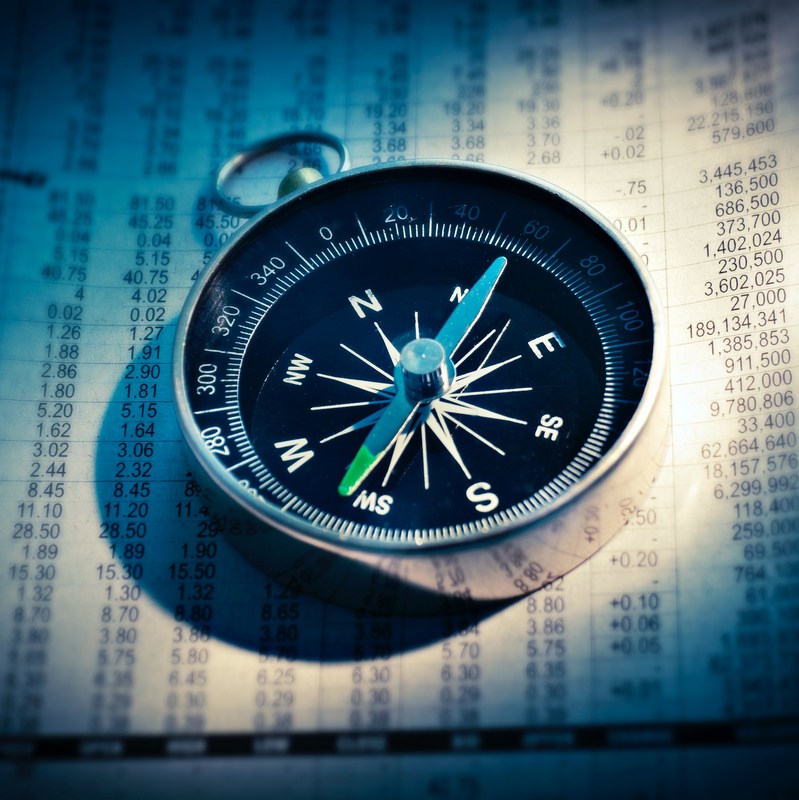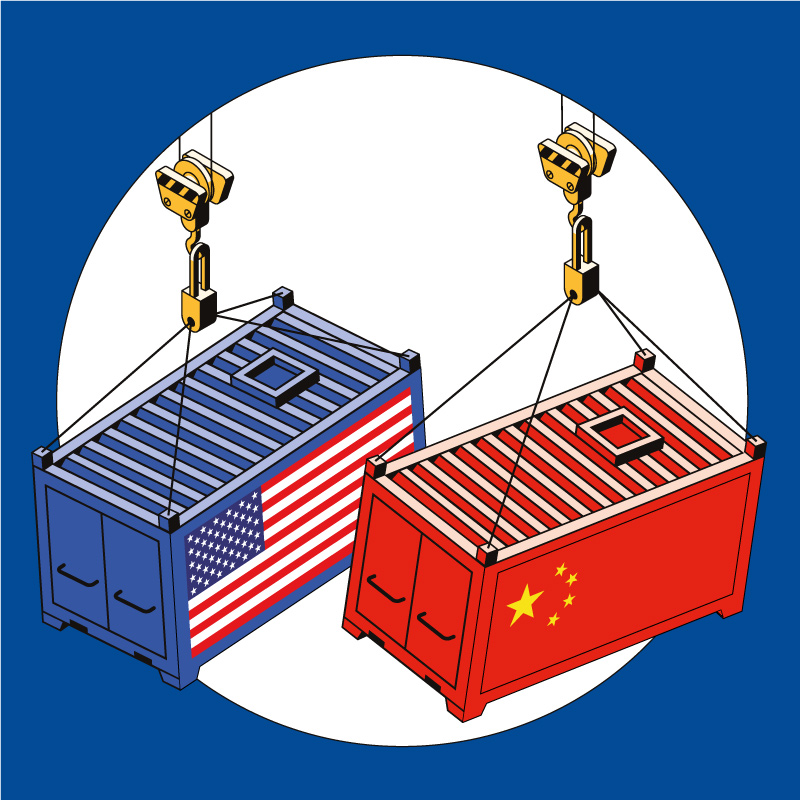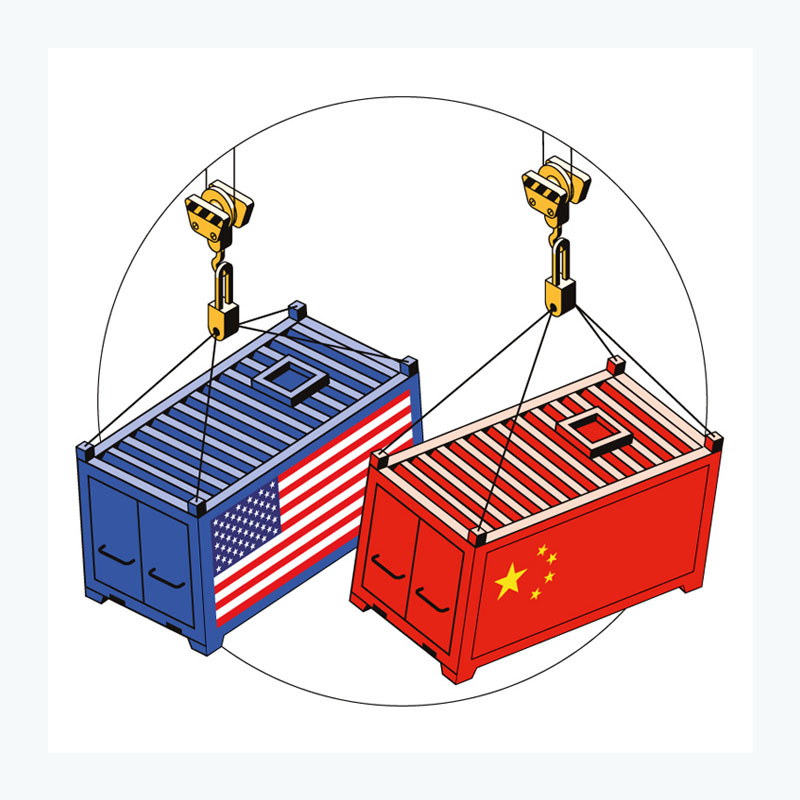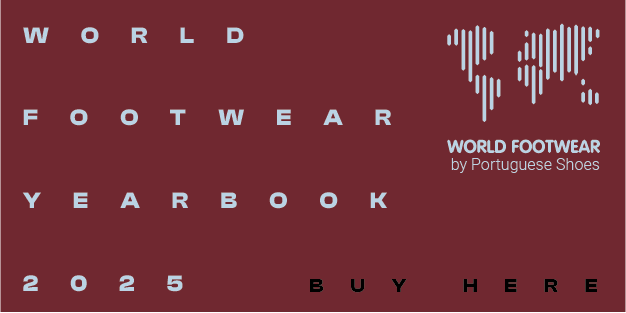Could Covid-19 be a turning point in geopolitics?

A recent report by The Economist Intelligence Unit reflects on how the Covid-19 pandemic can influence the balance of power and change geopolitics
In this new report, Geopolitics after Covid-19:is the pandemic a turning point?, The Economist reflects about the already sensitive relations between the two economic giants, China and US, which could be deteriorated by this new Covid-19 context. In fact, it is still in everyone’s memory the year 2019 heavily marked by a trade war between China and US (Read all about it HERE). The Covid-19 pandemic and the subsequent sanitary and economic crisis have all the potential to aggravate the fragile trade situation between the two regions, which seemed to be improving at the beginning of the current year, when both parties signed the first phase trade deal. Now, a few months after signing the agreement, the Trump Administration already suggested that new additional tariffs for Chinese imports could be on the way.
The Economist also talks about a shift in the global balance of power which, although not a new, could be accelerated by the pandemic. In cause, could be a faster global re-balancing, already discussed in recent times, and with visible faces in different elements of the global economy. For example, when launching the World Footwear 2019 Yearbook, the editorial team has already analysed the trend in the footwear industry towards rebalancing Europe and Asia. Although Europe continues to be the home of some of the most well-known brands of footwear and fashion, Asia has been consolidating its position as the main player in this industry, and in terms of volume in 2018 Asia accounted for 86.2% of the worldwide footwear production, while Europe was in charge of 3.3%. This results in an overwhelming ratio: Asia produces 9 out of every 10 pairs of shoes manufactured. However, over the last decade Europe increased its share of the total exports by 2.6 percentage point doing it at the expense of every other continent. (Read all about it HERE).
If one looks at The Economist GDP growth forecasts for a group of 8 countries (China, US, France, Germany, Italy, Netherlands, Spain and UK), China is the only bright star with perspectives of economic growth for the coming months. Being the one initially hit with the Covid-19 pandemic has its advantages. China had to fight it first and is the first country to be on the recovery. At some point people were praising the way the sanitary crisis was dealt with in China. While many countries in the world are still facing the first wave of the disease or preparing to re-open part of the economic activities, China is already back in business with retail re-opened, factories operating and preparing to strengthen its political influence. Providing expertise or medical support to the countries hit hardly by the pandemic is just one way of doing it.
The supply chain question
One big question for the future is what will happen to the supply chain. The World Footwear Business Conditions Survey has asked its panel of experts about the impact of Covid-19 on the footwear supply chain back in March. Less than one in five of our experts believes the epidemic will have no impact on the location of footwear production (unchanging the supply chain). Others split almost equally between the option that firms will prefer to disperse production by different countries (diversifying the supply chain) to minimize the risk of disruption in their supply chains, and the possibility that firms will prefer to locate production close to the consumer markets (shortening the supply chain) (Read all about HERE). Although many companies and business might rethink their supply chain, especially when it comes to essential goods, that will take to implement and will have a set of economic consequences.
Source: The Economist
Image credits: JESHOOTS.COM on Unsplash















